 eBook eBook
Limestone Molding Guide... |
||
|
||
|
|
||
Translation
SummaryAim of the author Warning to the user Copyright and legal information The concept of cast cut limestone Origin and
originality of the concept
A
outstanding and natural aggregateFundamental stages of the concept The
limestone
The
hydraulic bindersThe limestone concrete Where to find crushed limestone ? Mixtures of aggregates Colouring powders The white
Portland cement
Hydraulic
and Non-hydraulic lime in laying mortarWhite natural hydraulic lime Lime mortar
Bastard mortar Limestone
blocks laying mortar
The
conception and the realisation of the mouldsJoints between stones Tools and
basic materials
A unique
possibility with restoration of the old stonesHow to manage with the curves and the mouldings Mixing of the limestone concrete Constitution
of the mix
Limestone
concrete mixing and pouringAggregates and binders in pictures Mortars and concretes typical applications Mixing and proportioning table Stone aspect according to the mix Adding water-repellent in the mix Colour variation effect Mixing
Hardening of
the concrete and release from the mouldWater quantity Application of a release agent inside the mould Filling of the mould Temperature and air hygrometry
Surface
stone working after release from the mould.The crucial point of the process Release timing guideline table Just after
release from the mould
Complete
hardening of the stone
From the rough aspect to the smooth aspect Stone aspect according to the hand-working Cutting and working the stones Evaluation of the physical and mechanical properties Protocol of test and measures for the
privat individuals
Stone blocks assembling and
cladding stones sealingReconstituted limestone data-sheet Typical values for natural stones Assembling of stone blocks
Anti-mosses
treatment of the stonesSealing of cladding stones on an interior wall Sealing of cladding stones on an exterior wall How to cast cladding stones "a mano" (with your hands) Fast moulding of "rustic" flagstones, paving stones or plates "In situ" moulding and "pre-cast"
How
to cast reconstituted stones "in situ"Geometry of flagstones and paving stones The basic tool, the moulding matrix Preparation of the basement Realization of the flagstones Cure of the mortar and surface finishing Joints Water-repellent protection Guiding principles
Detailed
creation of a pillarFormwork and in situ facing Repair of old stones In situ pillars ans columns The moulds
master plans
Detailed creation
of an archThe moulds realisation Tricks and easy ways of the moulder Pouring and filling-up the moulds Release from the moulds The scraping and finishing of the pillar elements Mounting and masonry of the pillar Tricks and easy ways of the mason Mould master
plan
Online
updated information and data baseMould making Tricks and easy ways of the moulder The pouring Release from the mould and finishing of the stones Assembly and sealing of the arch Tricks and easy ways of the mason Author wishes |
Cast
stone with
old limestone aspect, as beautiful as natural limestone |
|
| Home - Concept overview - Limestone
Gallery - Molds plans
- Moulders Workshop
- Partners - FAQ - Inpiration links - Site MAP - |
||


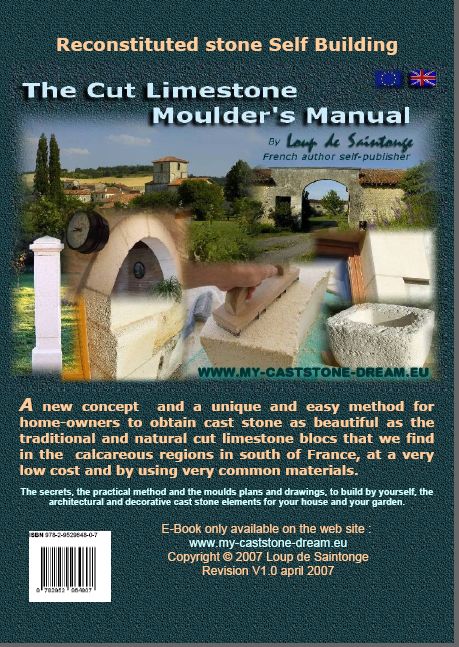


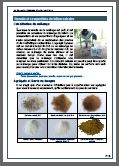
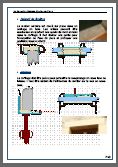
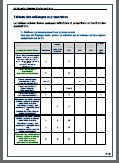


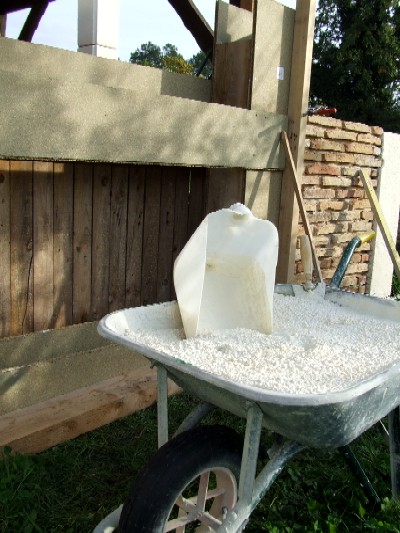
 The
Concept of Limestone Molding...
The
Concept of Limestone Molding... Molds
plans...
Molds
plans...